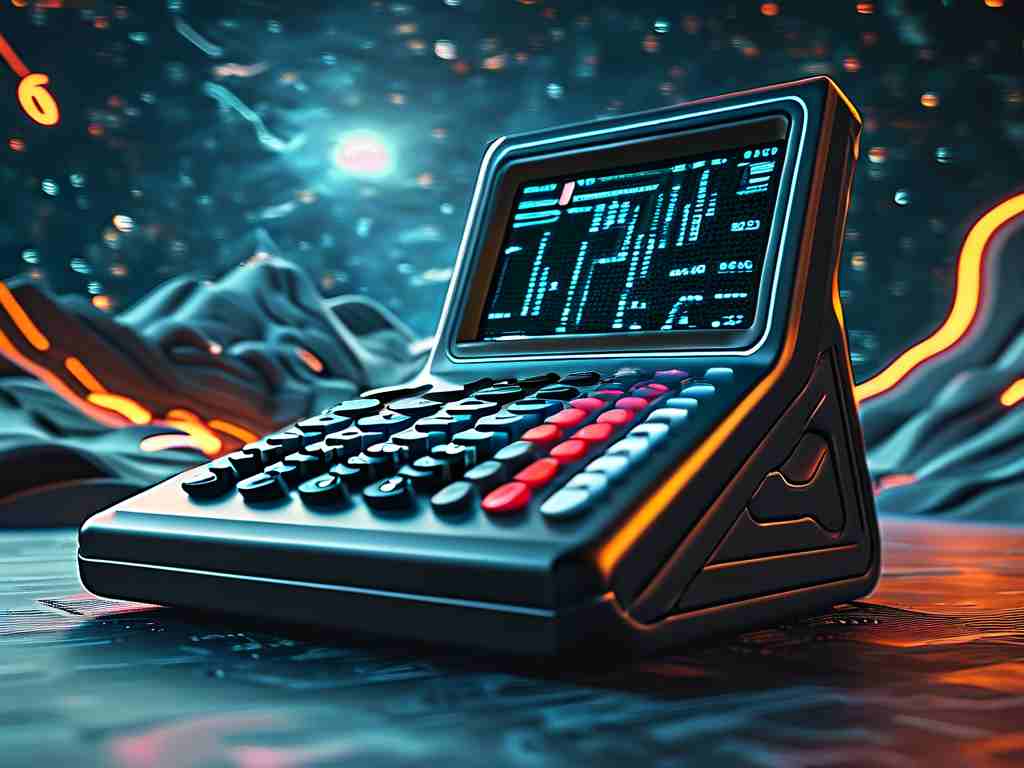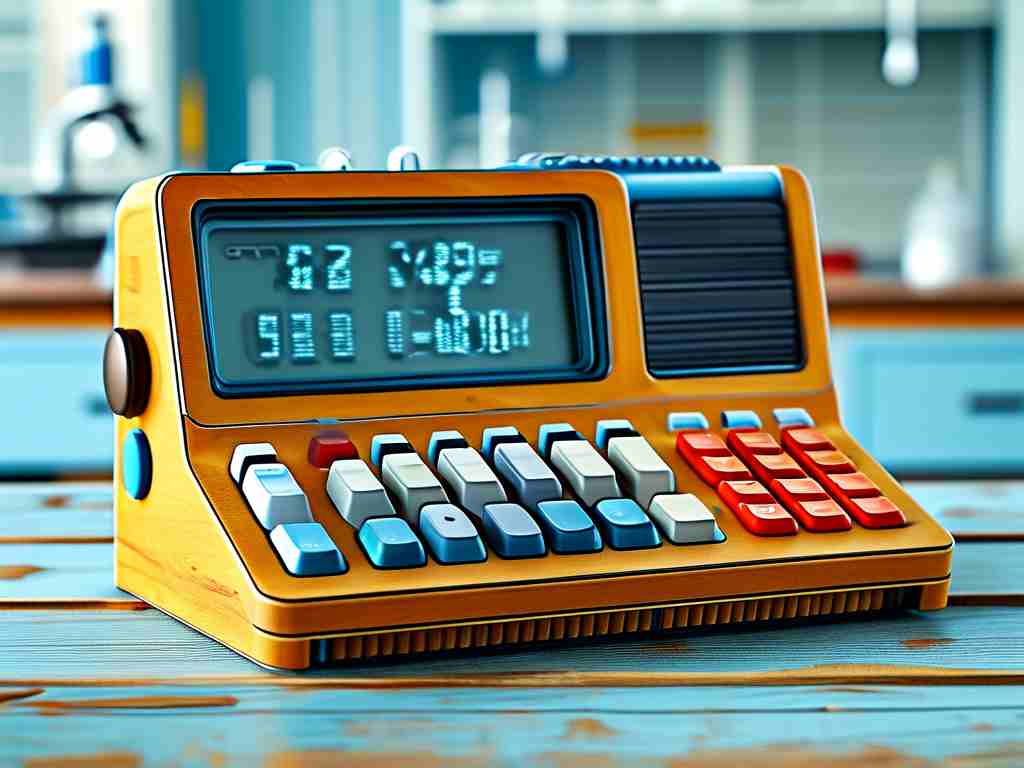The memory capacity of super calculators remains a critical factor in their ability to process complex computations at unprecedented speeds. Unlike conventional computing devices, these advanced systems are engineered to handle tasks ranging from climate modeling to quantum simulations, requiring vast amounts of memory to store and manage data efficiently.

Modern super calculators, such as those used in national laboratories or research institutions, often employ distributed memory architectures. For instance, systems like Frontier or Fugaku utilize a combination of high-bandwidth memory (HBM) and DDR4/5 modules, with total memory capacities exceeding 10 petabytes in some configurations. This allows them to manage terabytes of active data during real-time processing while maintaining low latency.
A key distinction between consumer-grade hardware and super calculators lies in memory scalability. While a typical desktop might feature 16–64 GB of RAM, super calculators aggregate memory across thousands of nodes. Each node may contribute 256 GB to 1 TB of memory, interconnected via ultra-high-speed networks like InfiniBand. This distributed approach ensures parallel tasks can access localized memory pools without bottlenecking the entire system.
Memory types also play a pivotal role. Many super calculators leverage non-volatile memory express (NVMe) storage for rapid data retrieval, paired with error-correcting code (ECC) memory to prevent data corruption during prolonged calculations. For example, the Summit supercomputer at Oak Ridge National Laboratory integrates 2.8 petabytes of DDR4 memory alongside NVMe caches, enabling it to sustain 200 petaflops of performance.
Energy efficiency is another consideration. High-density memory modules reduce physical footprint but demand sophisticated cooling solutions. Innovations like liquid-cooled RAM and 3D-stacked memory chips are increasingly adopted to balance power consumption with performance. The Tianhe-2A system in China, for instance, uses a hybrid memory cube design to optimize both speed and thermal management.
Looking ahead, emerging technologies like photonic memory and resistive RAM (ReRAM) promise to redefine super calculator capabilities. These advancements could enable exascale systems—machines capable of a billion billion calculations per second—to operate with even greater memory efficiency. As industries from pharmaceuticals to aerospace push computational boundaries, the evolution of super calculator memory will remain central to scientific and technological progress.





